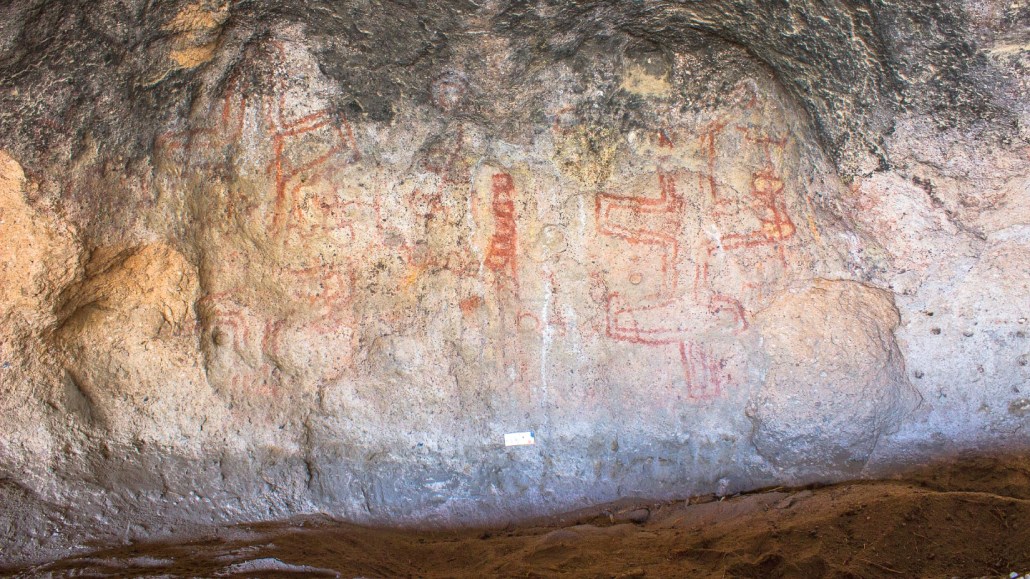These South American cave paintings reveal a surprisingly old tradition
Patagonia cave figures may have helped transmit cultural knowledge starting about 8,200 years ago

A cave in northwestern Patagonia, Argentina, contains 895 painted designs (some shown). Researchers have dated three examples of this cave art to between around 8,200 and 5,100 years ago.
Guadalupe Romero Villanueva







